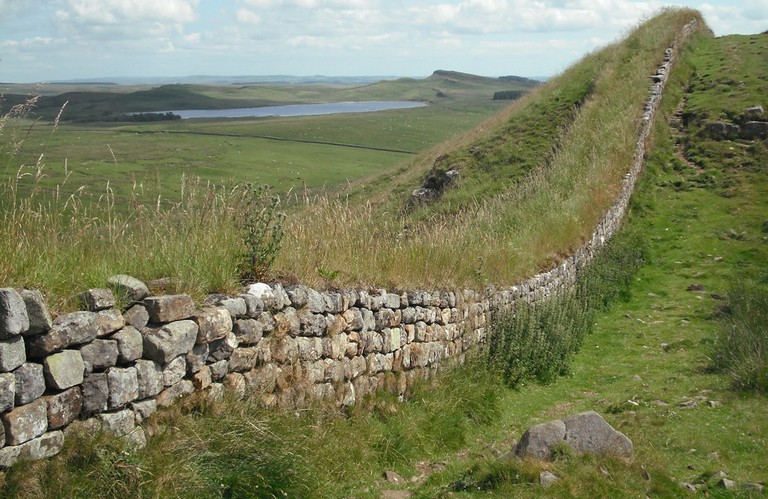World’s Most Famous Border Walls
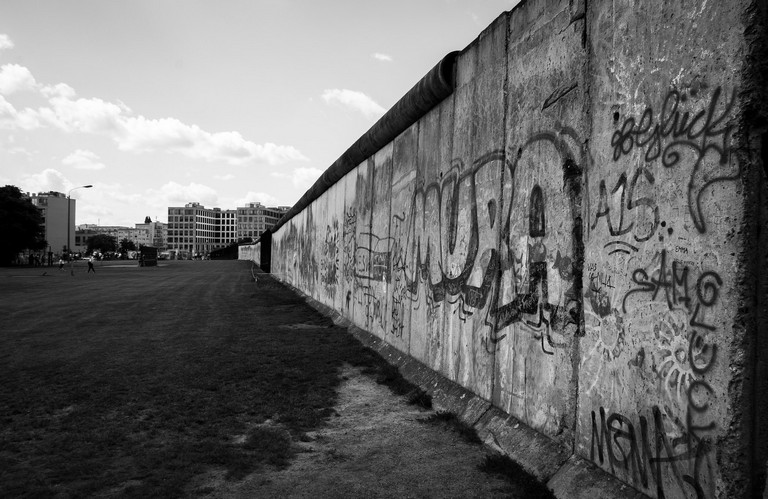
Most of the famous border walls exist in the world’s history, in this five top most prominent walls enlist here for your kind knowledge:-
- Great Wall of China
- Berlin Wall
- Great Wall of Gorgan (Iran)
- Belfast Peace Walls
- Hadrian’s Wall (Northern England)
Great Wall of China
Apparently the most famous border wall, the Great Wall of China is one of the world’s largest wall construction mission. The construction of the Great Wall began in the 7th century BC during the Warring States period and continued throughout various dynasties, including the Qin, Han, and Ming. The primary purpose of the wall was to defend against invasions from nomadic tribes and military incursions. The wall consists of various sections, each built and maintained by different dynasties, resulting in a diverse array of architectural styles and materials. In the early 13th century, for example, Genghis Khan and his Mongolian army easily breached the barrier. According to scholars, “the wall never worked” and provided more “political propaganda” than actual security.
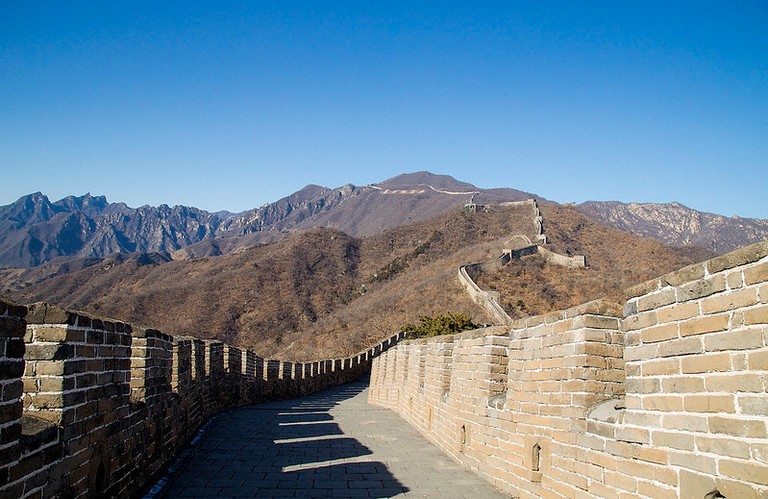
Berlin Wall
The Berlin Wall was a physical and ideological barrier that divided East and West Berlin from 1961 to 1989, symbolizing the broader division between East and West during the Cold War. Constructed by the German Democratic Republic (East Germany) to prevent the flow of citizens to West Germany, the wall became a symbol of oppression and separation. It consisted of concrete walls, guard towers, and a heavily fortified border. The fall of the Berlin Wall on 09 November, 1989, marked a significant moment in history, symbolizing the end of the Cold War and the reunification of East and West Germany. The fall of the wall paved the way for political and social changes in Europe, leading to the eventual dissolution of the Soviet Union.

Great Wall of Gorgan (Iran)
The Great Wall of Gorgan, also known as the Red Snake, is an ancient defensive fortification located in northern Iran. Built during the Sassanian Empire in the 5th and 6th centuries AD, the wall stretched for over 120 miles, making it one of the longest walls in ancient history. Its purpose was to defend against invasions by nomadic tribes and served as a military outpost. The wall consisted of a mud-brick structure with watchtowers, forts, and defensive structures. Over time, the Great Wall of Gorgan fell into disrepair and was largely forgotten until its rediscovery by archaeologists in the 20th century. Today, it stands as a testament to the engineering and defensive capabilities of the ancient Sassanian Empire.
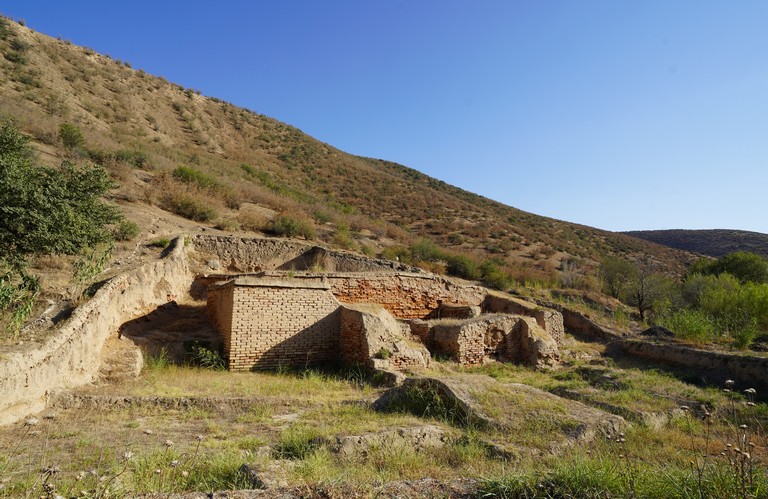
Belfast Peace Walls
The Belfast Peace Walls are physical barriers that separate predominantly Catholic and Protestant neighborhoods in Belfast, Northern Ireland. Erected during the Troubles, a period of intense sectarian conflict from the late 1960s to 1998, the walls were intended to prevent violence between the two communities. Comprising walls, fences, and gates, these structures were initially considered temporary but still stand today, with over 40 still in place. Despite the Good Friday Agreement in 1998 that largely ended the violence, the Peace Walls remain, serving as a visible reminder of the historical divisions and ongoing tensions in Northern Ireland. Efforts to remove the barriers are underway, but opinions on their removal vary, reflecting the complex legacy of the Troubles. In 2013 the Northern Ireland government vowed to remove all of the walls by 2023, and the first Peace Wall was torn down in 2016.
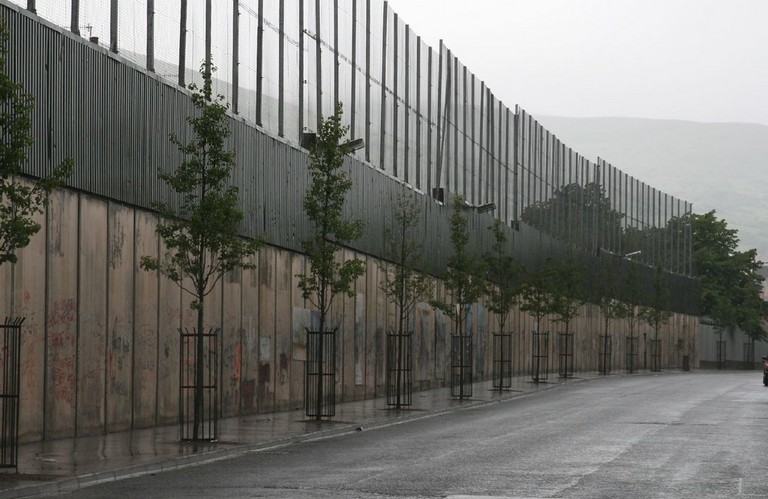
Hadrian’s Wall (Northern England)
Hadrian’s Wall is a historical fortification built by the Roman Empire in Britain during the rule of Emperor Hadrian in the early 2nd century AD. Stretching across the narrowest part of northern England, from the North Sea to the Irish Sea, the wall was constructed to defend against invasions by northern tribes, particularly the Picts. Built of stone and turf, the wall was about 73 miles long and included forts, milecastles, and turrets. Though it was not a permanent military barrier, Hadrian’s Wall served as a symbol of Roman power and authority. Today, it is a UNESCO World Heritage Site and a popular destination for tourists, historians, and archaeologists interested in the Roman occupation of Britain. However, perhaps more importantly to some, Hadrian’s Wall inspired one of the most famous walls in pop culture, the great ice Wall in Game of Thrones.
